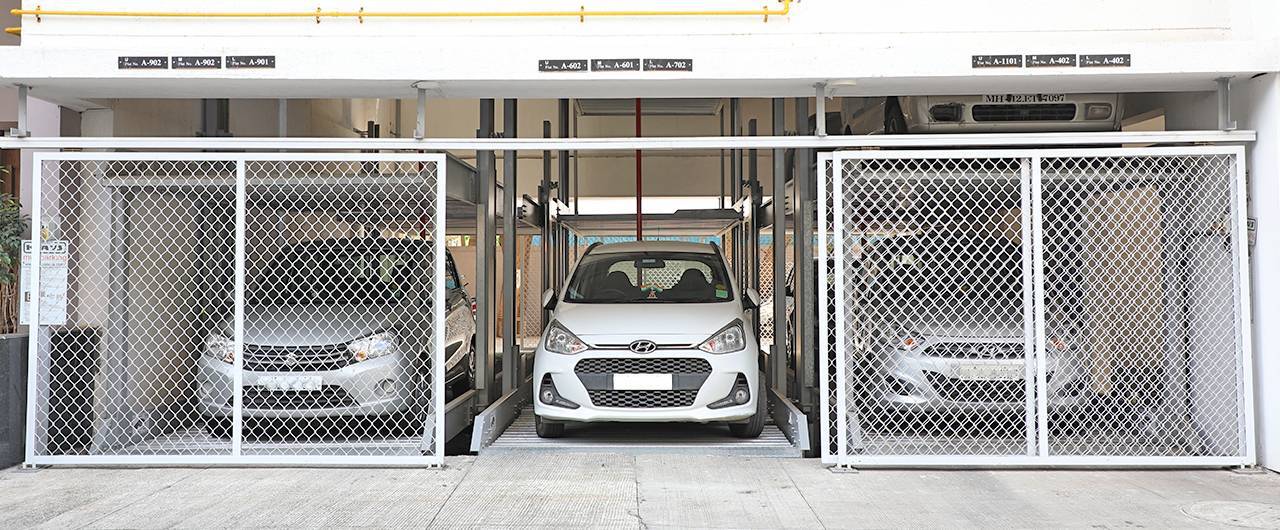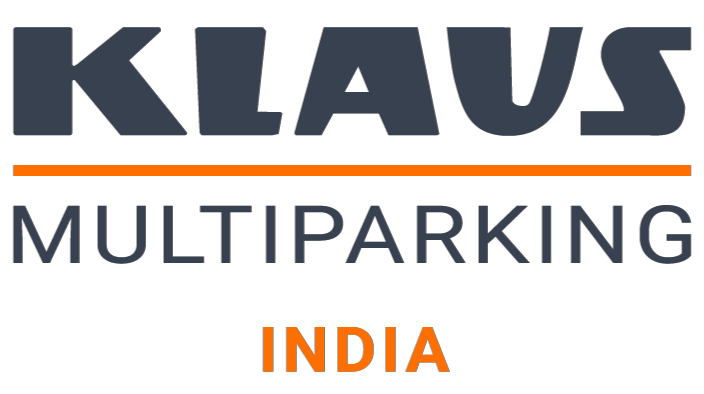India’s urban population has grown to more than 285 million in 2001, close to 28 percent of the total population of the country. Over the last decade, the overall rise in population has been significantly large, about 70 million people.
Such growth naturally presents urban sustainability challenges. One of the most crucial issues rapidly-growing Indian cities face is how to accommodate the huge number of vehicles competing for parking space. In this scenario, long-lasting and efficient parking solutions are of urgent need.
Parking space scarcity limits the scope of land developers who have to struggle to fit many spaces in along with the buildings they are trying to design and construct. Certain commercial buildings or business centers may also grow to the point where their existing parking areas become insufficient for employees and visitors. Fortunately, a solution to these issues can be stack parking systems. In case you are wondering “What is a stack parking system?” read on to find out.
What are stack parking systems?
Stack parking Systems are simple parking solutions to park multiple cars in a footprint of one car. This permits the optimum utilization of vertical space in parking lots that would normally remain unused. Stack parking systems achieve this with moving platforms arranged one above the other. Vehicles can be parked on the platforms and continue to remain on them stably as end-users lift them to make room for more vehicles to park below.
Stack parking systems can be further divided into two categories:
- Dependent stack parking system, where the vehicle parked below must be driven out before the platform is lowered.
- Independent stack parking system, where the two platforms are connected to each other mechanically and there is no relative movement in between them, so there’s no need to remove the lower vehicle. Most of these systems require a pit one level or two levels below the ground.
5 reasons why stack parking systems is one of the best parking solutions for urban areas:
- Space-saving: A stack parking system stores the multiple number of cars in less space. Thus a lot of space is saved as compared to a traditional parking. Much space is left for amenities and greenery ensuring a positive impact on the environment.
- Optimum space utilization: Stack parking systems can be constructed in tight spaces as well. This allows for more efficient urban land use, which is a crucial factor in city planning and development.
- Easy customization: Stack parking systems are generally customizable according to the available space, which makes them an important tool in keeping the design.
- Low maintenance: Maintenance of the stack parking systems is necessary for their smooth functioning, but it is inexpensive and does not have to be done very frequently if the systems are used as instructed.
- Reliability and ease of use: Multiparking systems are built with advanced technology but are very easy to operate and use. They are also highly reliable, where end-users do not need to worry about their vehicle’s safety.
Elaborating on “What is a stack parking system?” also involves exploring its variants that are available. The usual arrangement of a stack parking system consists of a metallic platform, which is supported by two steel pillars on either sides and two sliders mounted on steel pillars with sliding guides. Platform is moved synchronously by a leaf chain and hydraulic cylinder mechanism. These can hold two or more vehicles according to their type.
KLAUS Multiparking’s Stack parking Systems are simple parking solutions to park 2 or 3 cars in a footprint of one car. Stack Parking Systems can accommodate all passenger cars ranging between 2 to 2.5 tons. These systems are easy to maintain and reliable.
G 61: This system allows two cars to be parked, one at the ground level and another one on the platform above. The lower car needs to be driven out to use the upper platform.
G 61 M: Similar to G 61 with an additional feature of multiple height adjustment, provided the parking height is available. Cars can be parked, one at the ground level and another one on the platform above. The lower car needs to be driven out to use the upper platform
2062: This is independent parking system that allows 2 cars to be parked. This allows independent retrieval of the top car w/o removing the car below. Both platforms move vertically up and down together. A pit is required one level below the ground level so that the lower platform moves down and enables the upper platform to match the ground level.
3015: This system allows three cars to be parked, one on the lower, another one on the middle and one more car on the upper platform. A car on the lower platform needs to be driven out to retrieve the car from upper platforms.
G 63: This is independent parking system that allows three cars to be parked, one on the lower, another one on the middle and one more car on the upper platform. A pit is required two levels below the ground level so that the lower and the middle platform move down and enable the upper platform to match the ground level.









